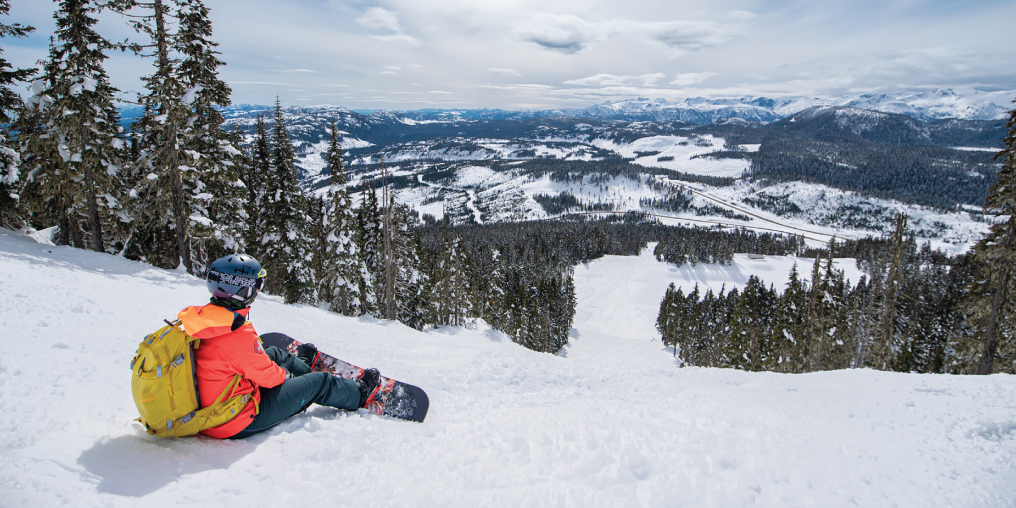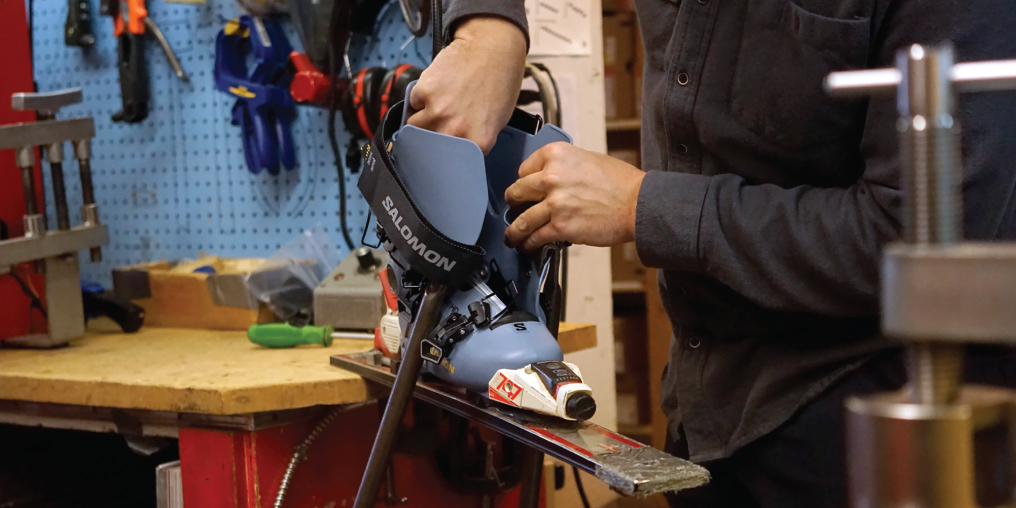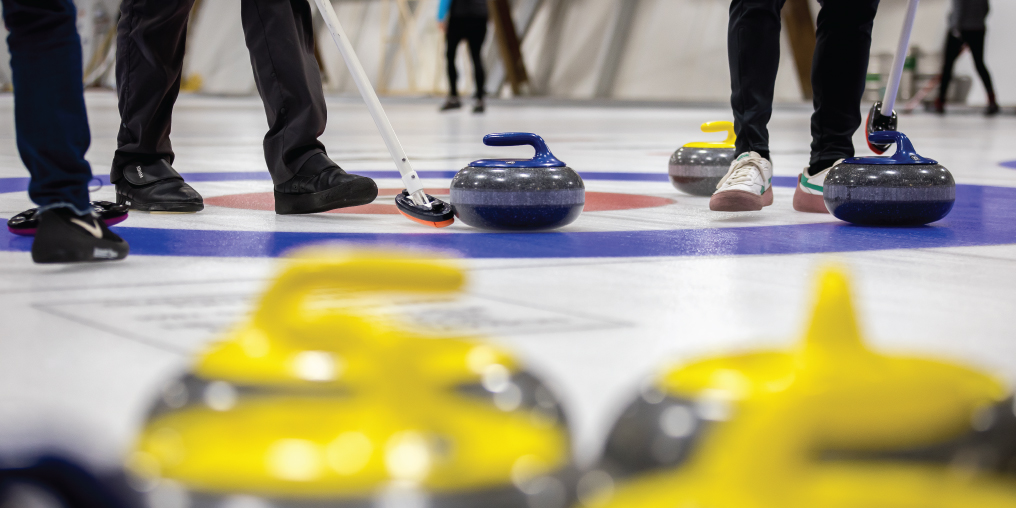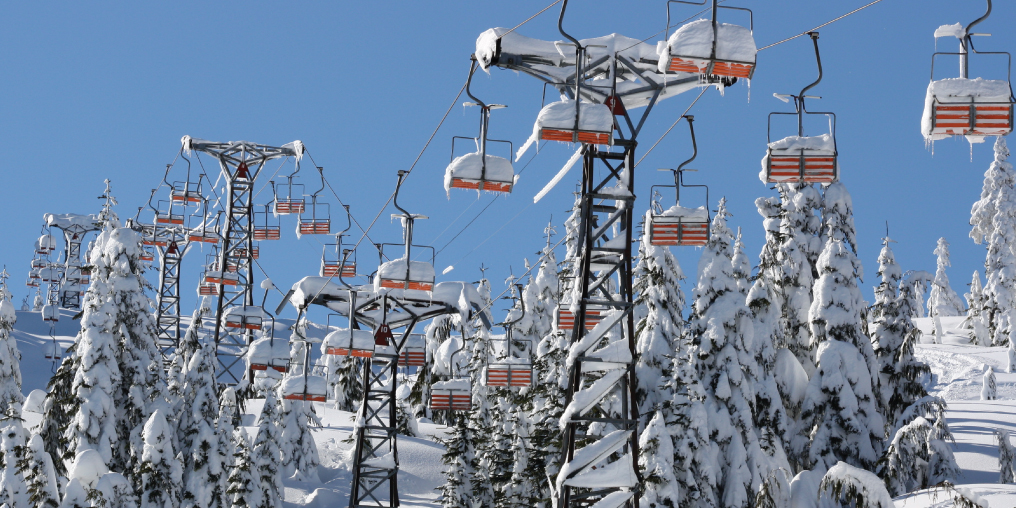Paul Vroom grew up on Vancouver’s North Shore, ripping the slopes of Mt. Seymour. As a kid, he loved hanging out with ski patrollers. He remembers people calling them “ski bums” because they had a passion for skiing. Vroom considered the term a compliment.
Years later, in 1983, he and his wife moved to the Comox Valley with their young family. In 1990, Vroom decided to live a childhood dream and join the Mt. Washington Ski Patrol Association (“volly patrol”). He hasn’t missed a season since.
“I always wanted to be a ski patroller. I could enjoy skiing and also help the public,” says the spry 75-year-old over a coffee at Milano.
This year, volly patrol—a venerable, volunteer-driven non-profit society—celebrates its 40th anniversary of keeping the rest of us safe on the slopes. Vroom’s been part of the team for most of those years.
Like anyone who volunteers their time, he was motivated by the idea of community service—and, in his case, by being able to indulge his enjoyment of sliding across snow as much as possible. But he was also drawn by the opportunity to work and learn, shoulder to shoulder, with some of the best in the first-aid businesses: ER nurses, paramedics, SAR techs from 442 Squadron, and other volunteers highly trained in advanced first aid and emergency medical care.
It’s not a commitment made lightly. Every time a volunteer drives up the mountain and dons the ski patrol jacket with the white cross patch, that’s one day they’re not skiing with family or shredding with buddies. Volly patrollers are on the hook for their own first-aid training. They fundraise to buy things like new ski jackets and pants, and they network with community contacts to scrounge up supplies, like Vroom did when he secured stretchers for the first-aid shack from St. Joseph’s Hospital when it closed.
After a year of service, Mount Washington Alpine Resort rewards volly patrollers with a family season’s pass.
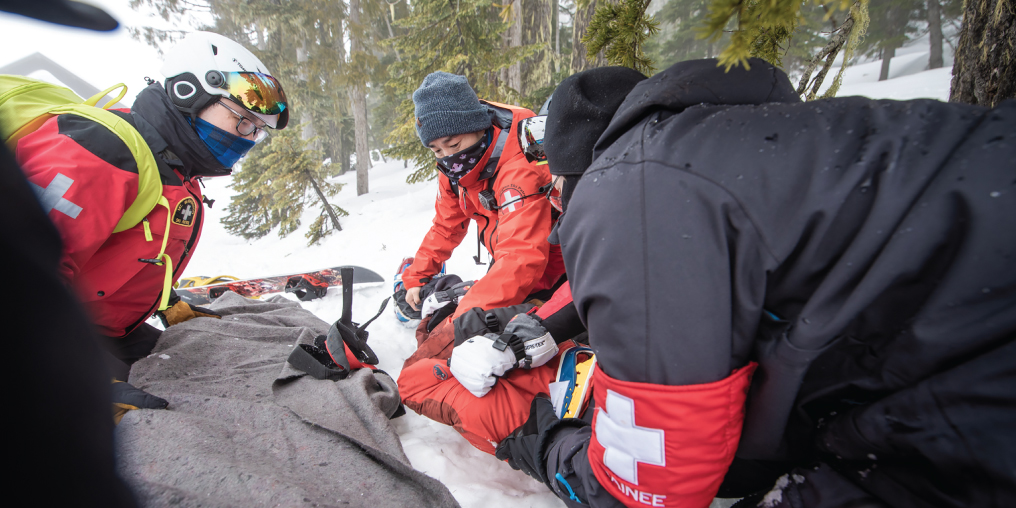
Among many things in a diverse professional life, Vroom co-owned Aquatec Seafoods, a company that he helped grow into a thriving 80-employee enterprise before selling the business to the K’ómoks First Nation.
“I calculated that for every day I volunteered as a ski patrol, it cost me about $800 in productivity at Aquatec,” explains Vroom.
He mentions that only to point out that, for him, it’s never really been about the free season’s passes; it’s always been about community service and camaraderie.
The fact that the volly patrol works alongside the pro (paid) patrol makes for some unique interpersonal dynamics. Striking the right balance isn’t always without challenges, and it doesn’t take a rich imagination to understand why. Picture the following scenario (or something like it) that has unfolded more than once on the slopes. A 19-year-old first-year pro patroller responds to a call about an injured rider, along with a volunteer patroller who also happens to be a professional paramedic with 20 years on the job. The discrepancy in skills and experience is huge; without some deft handling, feathers can get ruffled and egos bruised.
“That’s why I’ve never liked that term ‘pro patrol,’ because over the years we’ve had so many highly trained health care professionals on the volunteer patrol. I prefer the term ‘paid patrol,’” Vroom says.
These are just semantics, but semantics can be important. Still most patrollers—volly and paid—just want to ski around the mountain, splint a broken tib-fib, tend to a head injury, tail gun a toboggan, or do whatever’s needed to help on the slopes, between sneaking in some powder laps.
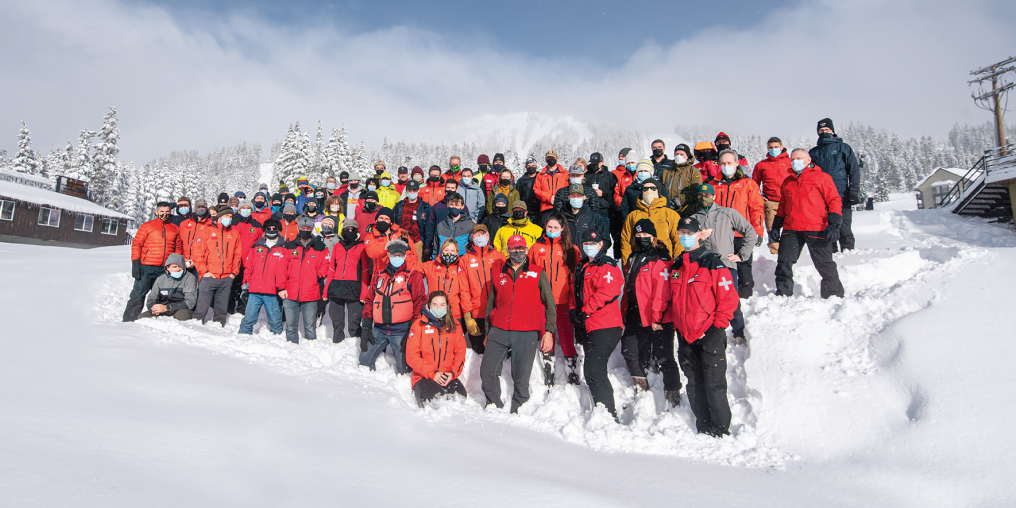
As Vroom tunes up his skis for another season, he admits he fears for the future of the volunteer patrol. Membership has shrunk in half from a highwater mark of 120 individuals in 2014 to around 60 today.
Jacob Malthouse, a lifelong snowboarder, joined the volunteer patrol after moving to Seal Bay seven years ago. Like Vroom, he did it out of a sense of community service, and also to give back to a snow sports industry that has given him so much joy.
Malthouse was president of the volunteer patrol when the COVID-19 pandemic landed like a bomb on society and Mount Washington’s management grappled with how to stay open while respecting pandemic protocols around social distancing, hygiene, and minimizing points of contact between people and things. One way resort management decided to do this was to limit the number of volunteer patrollers on the hill, along with some of their responsibilities, Malthouse says.
“The pandemic was hard on everyone, especially first responders,” says Malthouse, who stepped down this year to make way for a new president. “The relationship hasn’t always been that great between the pro and volly patrol and it often just comes down to personalities.”
He refers to the volly patrol being on “life support” during the pandemic, but is optimistic for a recovery.
“The mountain is busier than ever. They need us,” Malthouse says. “It would be a shame to take the volly patrol out behind the shed and just shoot it.”
Last season Paul Vroom switched from the alpine to the Nordic skiing side of the volunteer team. Not because he isn’t capable of skiing every run on the mountain. But only to avoid putting the volly patrol in a tough spot if, for example, an accident were to happen while he had a patient in the toboggan and people were to ask, “Why was that old guy out there?” as he says with a chuckle.
“Thirty-three years have gone by just like that. It’s been a good ride,” Vroom says.
If he and other volunteers like Malthouse have their way, the ride will continue for many more years to come.

